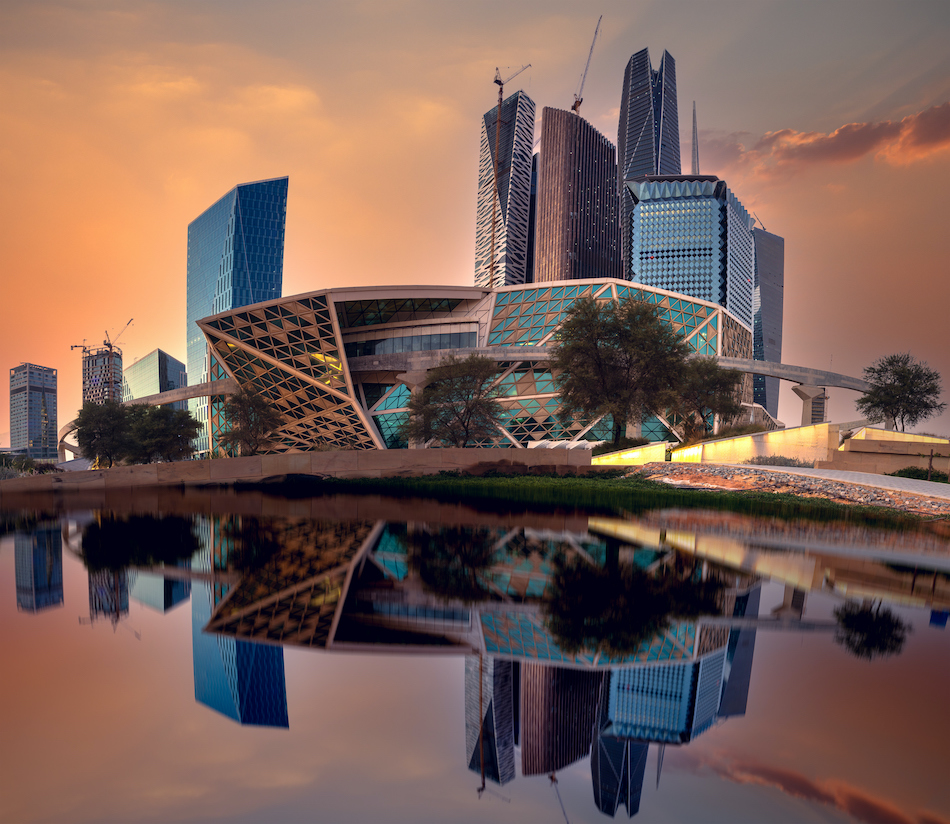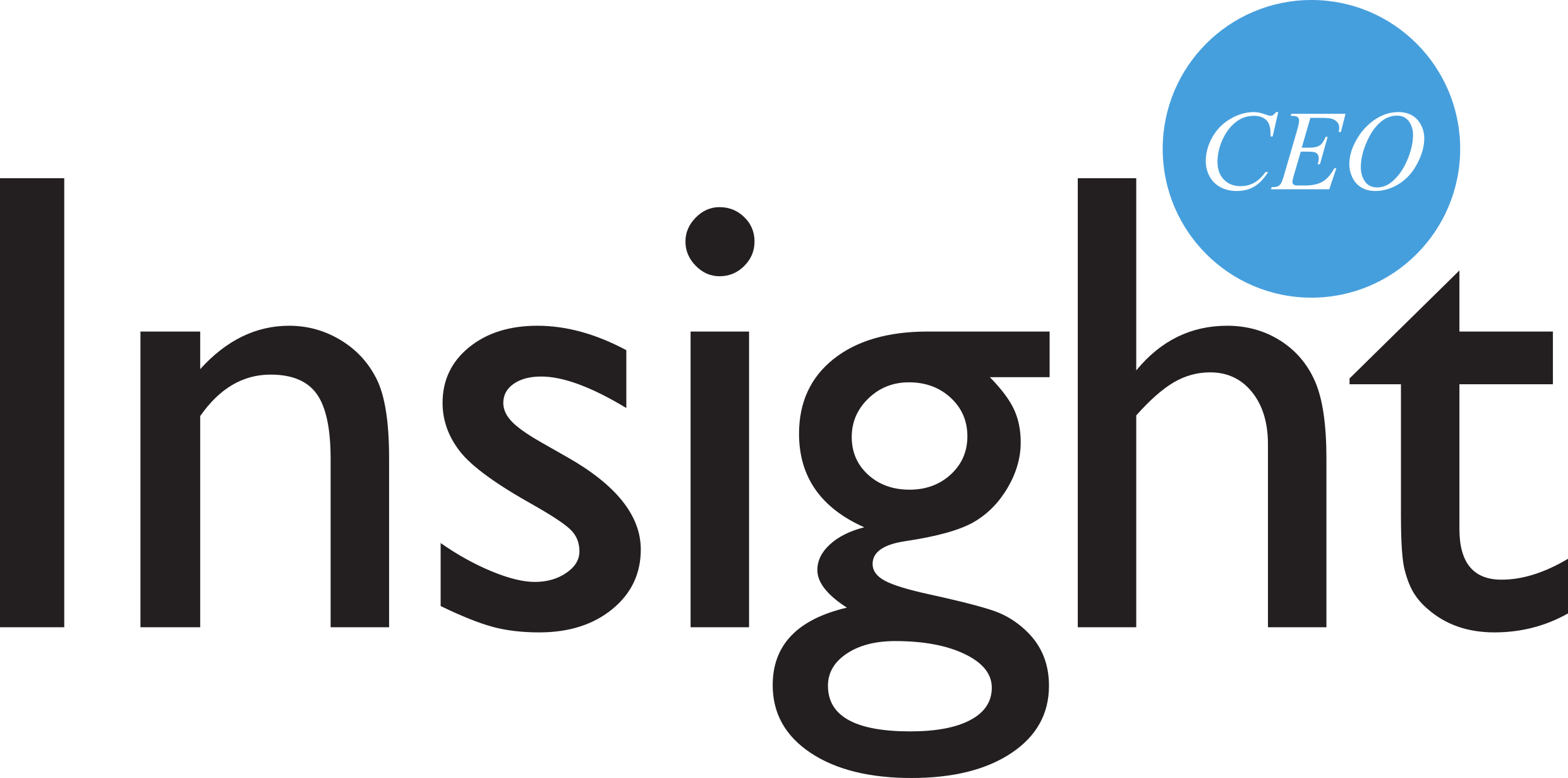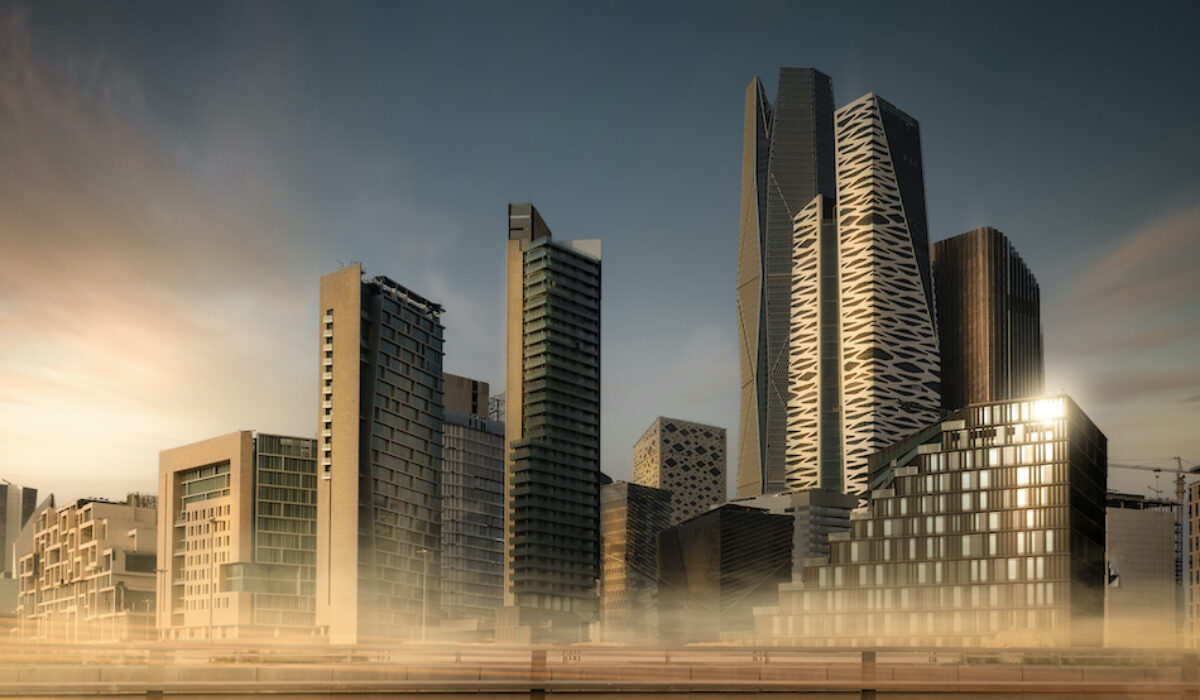Saudi Arabia’s Banking Renaissance: The Financial Heartbeat of Vision 2030
Once seen primarily as the world’s oil powerhouse, Saudi Arabia is now drawing international attention for a different reason — a financial and banking revolution reshaping the Middle East. Guided by Vision 2030, the Kingdom is remaking its economic DNA: diversifying beyond hydrocarbons, embracing digitalisation, and positioning itself as a leading global financial hub.
This transformation is not theoretical. From the rise of Islamic finance and digital banking to the growth of capital markets and green-finance innovation, Saudi Arabia’s financial sector is evolving at an extraordinary pace.
“In alignment with global sustainability goals, Saudi Arabia is exploring green finance to support its ambitious renewable-energy targets.”
From Modest Origins to Financial Powerhouse
Saudi Arabia’s banking journey began in the 1920s, with modest commercial operations serving traders and pilgrims. By 2024, it had become one of the largest financial systems in the Arab world, boasting total assets exceeding $950 billion.

The creation of the Saudi Arabian Monetary Authority — now the Saudi Central Bank (SAMA) — in 1952 laid the groundwork for a sophisticated financial ecosystem. A defining moment came with the merger of National Commercial Bank and Samba Financial Group, forming Saudi National Bank (SNB). With assets of more than $250 billion, SNB embodies the Kingdom’s ambition to build globally competitive institutions capable of financing mega-projects and international ventures alike.
“Islamic finance is proving that profit and principle can coexist in a rapidly evolving financial world.”
Islamic Finance: Cultural Strength, Global Reach
At the heart of the Kingdom’s financial identity lies Islamic finance, an ethical model rooted in Sharia principles that prohibit interest and emphasise shared risk and tangible assets. Far from being a niche, it is a global movement, and Saudi Arabia stands at its centre.
Al Rajhi Bank, the world’s largest Islamic bank by assets, exemplifies this leadership. Its Murabaha (cost-plus financing) and Sukuk (Islamic bonds) instruments have helped fund renewable-energy and infrastructure projects, reinforcing how Islamic finance can merge moral purpose with modern economics.
In 2024, Al Rajhi helped structure a $1 billion green Sukuk to fund clean-energy initiatives — signalling how Sharia-compliant finance can advance both faith-based and sustainability-driven goals.
Digital Banking and Fintech: The Youth Dividend
With nearly 70 per cent of Saudis under 35, digital transformation has become essential. Banks are competing to serve a new generation of tech-savvy consumers through mobile platforms, instant payments and AI-driven personal finance.
STC Pay, launched in 2018 by Saudi Telecom Company, has become a national success story with over 8 million users. In 2020, Western Union acquired a 15 per cent stake, validating Saudi fintech’s global potential.
Meanwhile, Riyad Bank’s digital-only platform, RAKKAH, offers seamless onboarding, no-fee accounts and gamified financial education — echoing Vision 2030’s goal to make 70 per cent of transactions cashless by 2025.
Capital Markets: The Rise of Tadawul
Saudi Arabia’s capital markets are the cornerstone of its financial diversification. The Saudi Exchange (Tadawul) has matured into a regional powerhouse, attracting global investors following its inclusion in the MSCI and FTSE Russell Emerging-Market Indices.
“Saudi Arabia’s financial renaissance is not a promise — it is progress unfolding in real time.”
The landmark Aramco IPO, raising $29.4 billion in 2019, remains a symbol of confidence and ambition. Since then, a wave of listings — from healthcare to logistics — has showcased the breadth of Saudi Arabia’s non-oil economy.
Derayah Financial’s REIT, the first of its kind listed on Tadawul, opened real-estate investment to retail participants, reflecting the ongoing democratisation of finance within the Kingdom.
Investment Banking: Fuel for Vision 2030
Investment banking has emerged as the engine of Saudi Arabia’s privatisation and capital-markets drive. EFG Hermes KSA, part of Egypt’s regional financial powerhouse, has cemented its position as a leading adviser in the Kingdom.
Its work on the $1.36 billion IPO of Nahdi Medical Company — one of the largest non-oil listings in the Kingdom — illustrates the deepening sophistication of the market. Such deals highlight how Saudi Arabia is steadily becoming a hub for mergers, acquisitions and equity-capital transactions across the Gulf.
Regulation and Innovation: Balancing Growth and Stability
Behind the Kingdom’s progress lies a disciplined regulatory environment led by SAMA and the Capital Market Authority (CMA). Both institutions have fostered transparency and investor protection while encouraging experimentation.

The Saudi Fintech Sandbox, launched to nurture digital innovation, has already produced success stories such as Tamam, the first licensed micro-lending fintech in the Kingdom. Offering instant, Sharia-compliant micro-loans via smartphone, Tamam demonstrates how regulation can enable inclusion without sacrificing oversight.
Major global banks — from Standard Chartered to Deutsche Bank — are expanding their Saudi operations, drawn by stable macroeconomic fundamentals and investor-friendly reforms.
Green Finance: Banking for Sustainability
As global capital pivots toward environmental and social impact, Saudi Arabia is positioning itself as a regional leader in green and sustainable finance.
The Red Sea Global Project, a flagship tourism and environmental initiative, is partly funded through green bonds and Sukuk arranged by local and international lenders. Riyad Bank’s participation, structuring Sharia-compliant green Sukuk, illustrates how Islamic finance can integrate seamlessly with ESG principles.
These developments align with Vision 2030’s environmental pillar and the Kingdom’s pledge to reach net-zero emissions by 2060.
“Green Sukuk are redefining what responsible investment means in the Islamic world.”
Challenges and the Road Ahead
While progress has been remarkable, challenges remain. The banking sector must continue to reduce its historical dependence on oil-linked liquidity and compete with established regional hubs such as Dubai and Doha.
However, the opportunities are vast:
– Cross-Border Expansion: Saudi banks are increasingly financing projects across Africa and Asia, leveraging the Kingdom’s strategic location.
– Sustainability Leadership: Green finance and ESG integration will define future competitiveness.
– Global Integration: Continued alignment with international standards is enhancing foreign-investor confidence.
A Financial Future Defined by Vision 2030
Saudi Arabia’s banking sector stands as a model of purposeful transformation — blending tradition, technology and transparency. From its Sharia-based financial heritage to its bold digital ambitions, the Kingdom is constructing a financial architecture designed for the future.
As Vision 2030 continues to reshape the economy, the banking renaissance is more than a domestic reform; it is a signal to the world that Saudi Arabia is open, competitive and forward-looking.
Saudi Arabia’s financial renaissance is not a promise — it is progress unfolding in real time.

